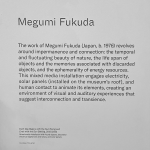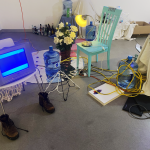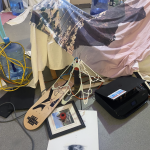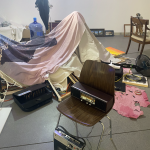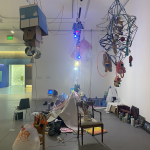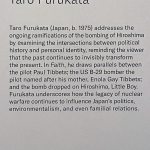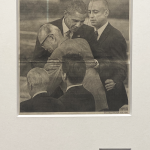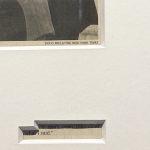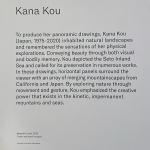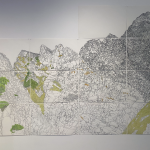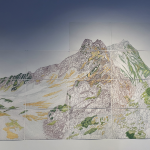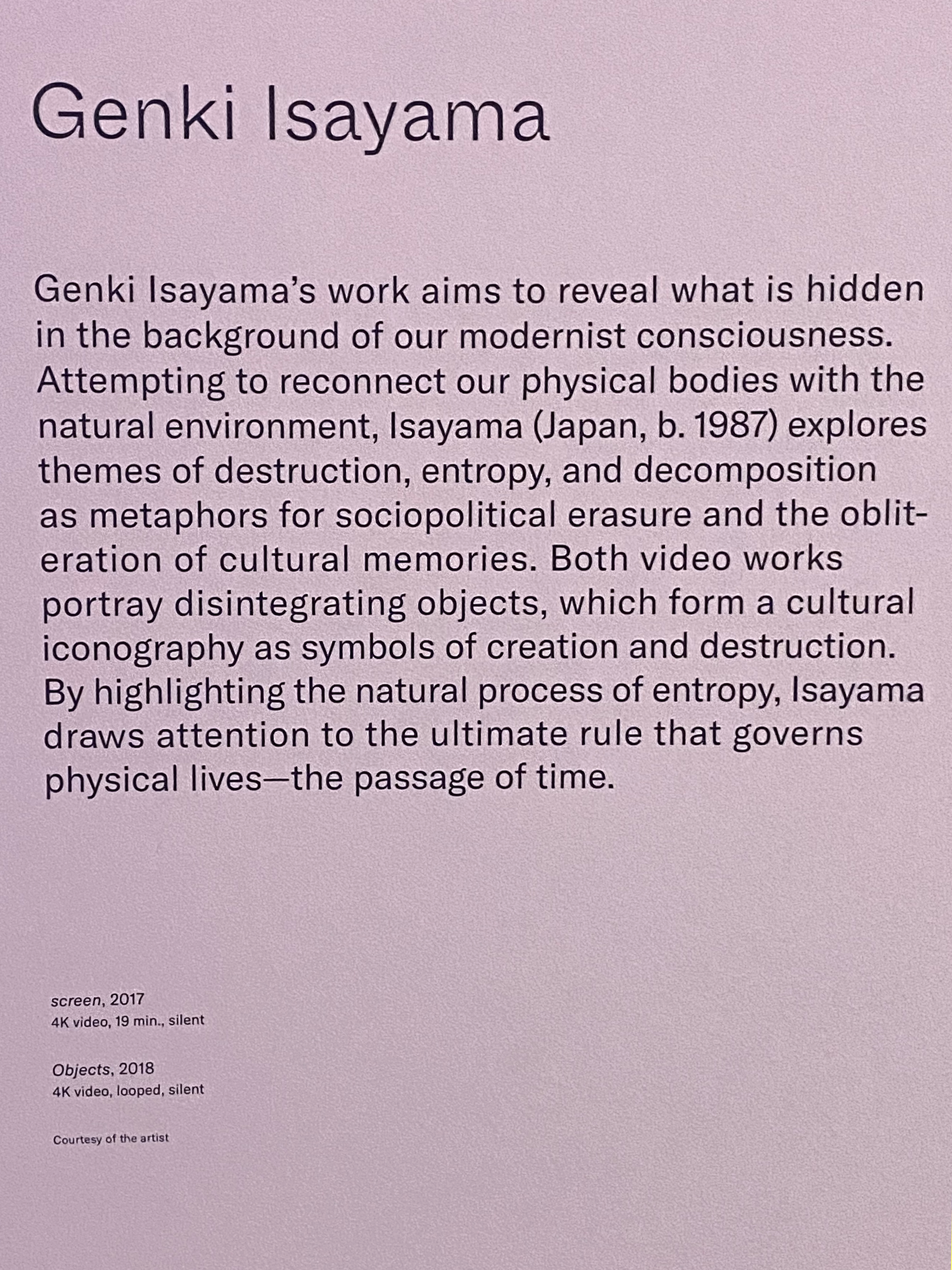Today marks the 77 years since the United States dropped an atomic bomb on Nagasaki, Japan during World War II. Three days ago, August 6, marks the same anniversary for the bombing of the city of Hiroshima, Japan. In both cities the blast completely annihilated everything within a 1-mile radius from the center of explosion. The bombs not only decimated the current population, destroyed property, and scorched the land; the entirety of the ways of life of these communities was ripped away in a terrorizing flash.
"The atomic explosion almost completely destroyed Hiroshima's identity as a city. Over a fourth of the population was killed in one stroke and an additional fourth seriously injured, so that even if there had been no damage to structures and installations the normal city life would still have been completely shattered." - The Atomic Bombings of Hiroshima and Nagasaki (atomicarchive.com)
The total effects of the only two nuclear weapons ever detonated in warfare are not fully known, despite 77 years of people (scientists, military experts, civilians, Japan, etc.) trying to estimate the number of the dead and injured. "The most credible estimates cluster around a “low” of 110,000 mortalities and a “high” of 210,000, an enormous gap (the estimates for each city have a range of ±10,000)." - Bulletin of Atomic Scientists

The events of August 6 and 9, 1945, forever changed the world. But today, besides continuing to attempt to know the extent of the cost of life of these bombings, how are we moving forward in reflection and in growth? How, as a global community, can we explore and prioritize processing the deep, deep pain of these events? The city of Nagasaki has been rebuilt since World War II and is today an important tourist site, serving as a significant spiritual center for movements to ban nuclear weapons. Aging survivors, known in Japan as hibakusha, continue to push for a nuclear ban and hope to convince younger generations to join the movement.
Art is an essential tool to aid us in seeking understanding of such an overwhelming loss. When histories and analyses fail to encapsulate the grief of the human suffering, and numbers become too staggering and impossible to grasp, art can help. Art can be used to help both the viewer and the artist gain more understanding of an experience. The artist uses physical mediums to express themselves, a feeling or experience of theirs, through a piece of work that the viewer, whether or not they know or understand the feeling and the purpose with which the piece was created, interprets the expression into their own understanding. All the way across the Pacific, in Southern California, the Benton Museum of Art at Pomona College features a display of work by four artists from Hiroshima. The exhibition, Each Day Begins with the Sun Rising, is part of a long-standing collaboration between Pomona College and Hiroshima City University (HCU) that focuses on climate justice, politics, and the visual arts, and emphasizes engagement among students, faculty, and staff from both institutions. The parent exhibition is titled, "Birds, Bombs, and Beauty: An Interdisciplinary Study of Nature, Politics, and Culture Linking the Seto Inland Sea Region of Japan with Southern California." This showing of "Each Day Begins with the Sun Rising" is the US debut of these artists and a trenchant example of how the visual arts engage complicated issues.
Description of Each Day Begins with the Sun Rising from Rebecca McGrew, Senior Curator:
Drawing its title from the mundane and awe-inspiring moment of dawn, this exhibition features the work of four contemporary Japanese artists who explore the global interconnections among political conflict, humanitarian catastrophes, and environmental degradation. The artists, all from Hiroshima and its neighboring Seto Inland Sea region, use a variety of media-including site-specific installation, drawing, video, social activism, and historical research as tools to investigate the legacies of the atomic bombs dropped there by the United States in August 1945.
The Japanese coastline, including the area around the Seto Inland Sea. is home to heavy processing
plants; the Fukushima Daiichi Nuclear Power Plant to the north, where a tsunami caused a catastrophic meltdown in 2011; and a proposed new nuclear power plant in Kaminoseki, sixty miles south of Hiroshima. Perhaps no other region so clearly embodies the compilcated relationship among postwar nuclear power, economic growth, industrialization, and environmental consciousness, a relationship made even more complex by the memories of 1945. The works of Megumi Eukuda. Taro Furukata. Genki Isaama, and Kana Kou address this constellation of issues and anchor the fraught present era of climate emergency in an embattled past.
Below is a gallery of images of work from Each Day Begins with the Sun Rising:

